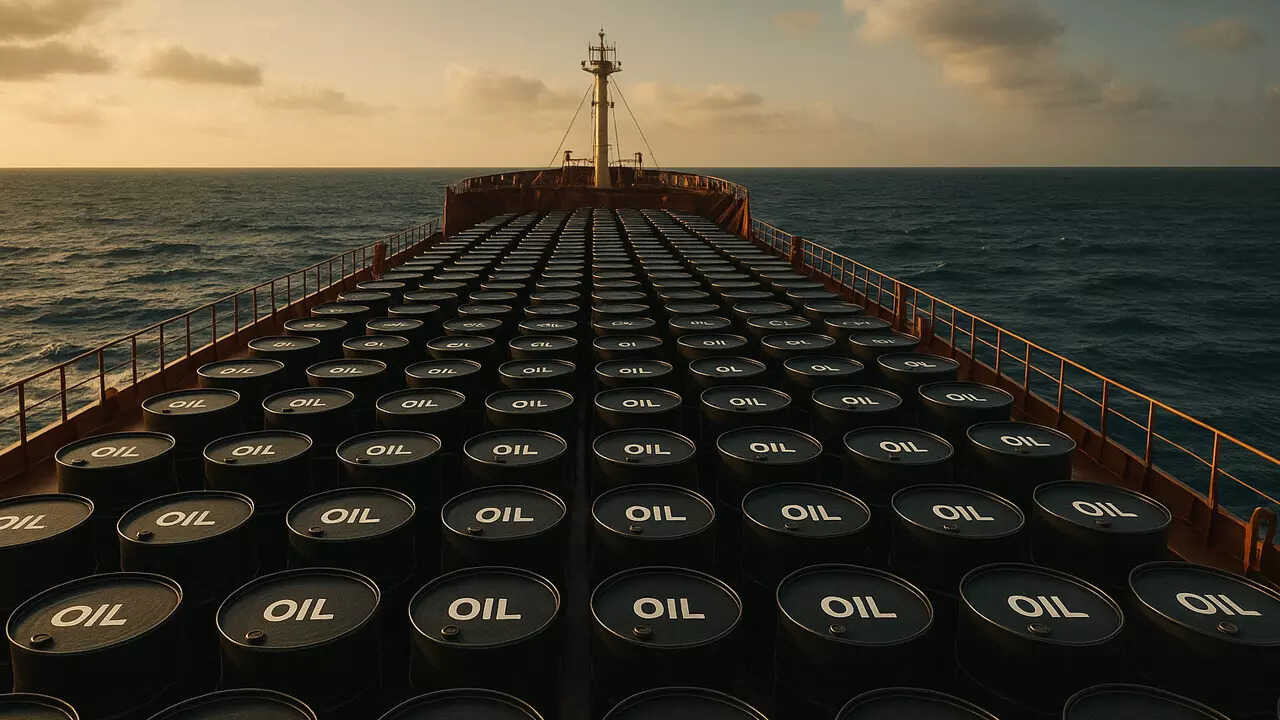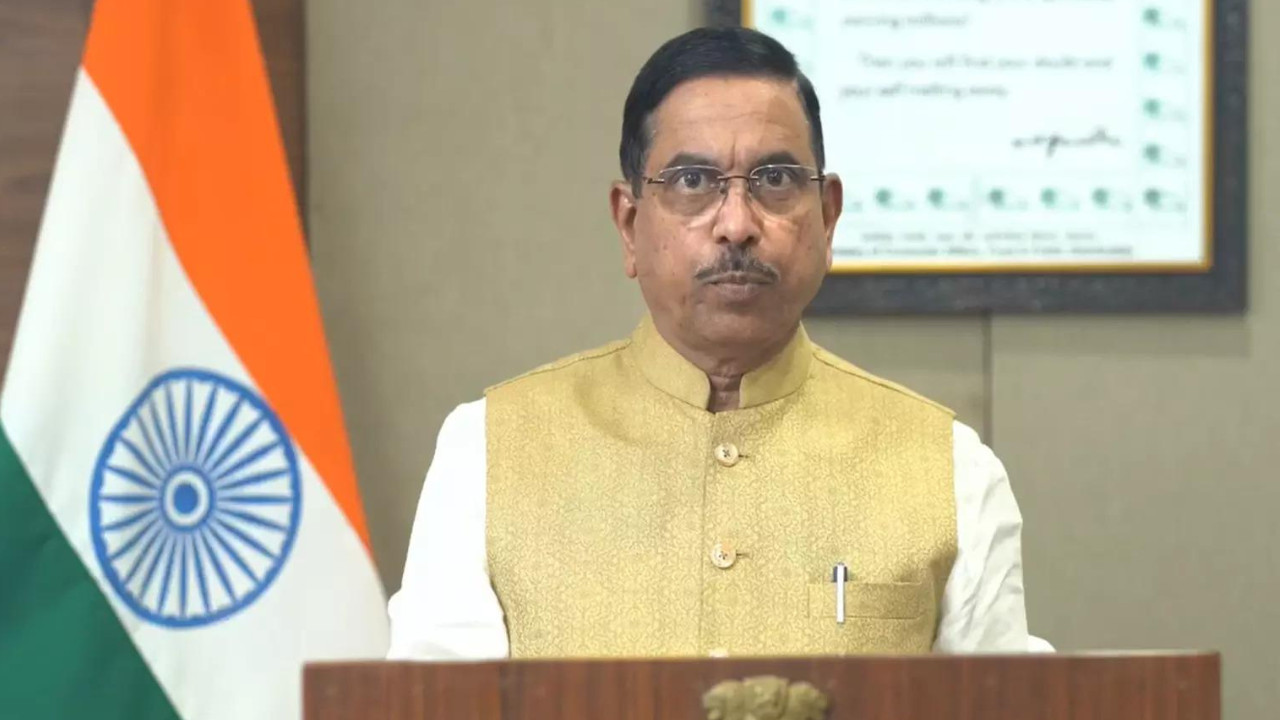A recent SBI report indicates that China’s rare earth export ban could significantly impact India’s production and exports across key sectors like transport, metals, and electronics. With India heavily reliant on China for these minerals, the report emphasizes the urgent need to boost domestic exploration.
Will China’s Rare Earth Export Controls Shake Up India’s Industries?
The global trade winds are shifting, and a potentially significant squall is brewing, this time originating from China’s tightening grip on rare earth element exports. A recent report from SBI economists suggests that India might feel the effects across at least five key sectors. But how deep will these ripples run, and what can India do to navigate these choppy waters?
For those unfamiliar, rare earth elements (REEs) are a group of 17 metallic elements vital for various modern technologies. From smartphones and electric vehicles to wind turbines and defense systems, these elements are indispensable. And China? It currently dominates the global REE supply chain, controlling a significant portion of both mining and processing.
So, what’s happening? China has been hinting at stricter export controls for some time, and recent moves are solidifying this. These controls, while ostensibly focused on national security, have the potential to significantly impact global supply chains, especially for countries reliant on Chinese REE imports. This is where India comes in.
The SBI report highlights five sectors in India particularly vulnerable: automobiles, electronics, electrical equipment, chemicals, and machinery. Let’s unpack why. These industries heavily rely on components and materials that incorporate REEs. For example, magnets used in electric vehicle motors, polishing compounds used in electronics manufacturing, and catalysts used in the chemical industry all depend on a stable and affordable supply of these critical elements.

The immediate concern is potential disruption. If China reduces REE exports, Indian manufacturers could face shortages, leading to production slowdowns or even shutdowns. Imagine electric vehicle production grinding to a halt due to a lack of essential magnets. Or electronic device manufacturers struggling to meet demand because they can’t source the necessary polishing compounds. This isn’t just theoretical; it’s a tangible risk.
Furthermore, even if supply continues, the price volatility is a worry. Reduced availability naturally leads to increased prices, pushing up production costs for Indian companies. This, in turn, could erode their competitiveness in both domestic and international markets. Indian manufacturers might find themselves struggling to compete with companies in countries that have secured alternative REE supplies or have access to cheaper Chinese materials.
Focusing on Rare Earth Independence
So, what can India do to mitigate these risks and secure its future in a world where REE supplies are increasingly uncertain? The answer lies in a multi-pronged approach.
Firstly, diversifying supply chains is crucial. India needs to actively explore alternative sources of REEs beyond China. This could involve forging partnerships with countries like Australia, the United States, and those in Africa that possess significant REE reserves. Strengthening diplomatic ties and securing long-term supply agreements will be paramount.
Secondly, boosting domestic REE exploration and production is vital. India possesses its own REE deposits, but their exploration and exploitation have been relatively limited. Investing in research and development, streamlining regulatory processes, and attracting private sector investment can help unlock India’s domestic REE potential. We’ve already seen promising steps in this direction, but sustained effort is needed. This can be complemented by initiatives promoting circular economy principles like recycling of rare earth elements from e-waste. Learn more about India’s circular economy initiatives.
Thirdly, investing in research and development of REE alternatives is essential. While REEs are currently indispensable for many applications, ongoing research is exploring potential substitutes. Supporting these efforts can help reduce India’s reliance on REEs in the long run, making its industries more resilient to supply chain disruptions.
Building a Resilient Future
China’s evolving export policies on rare earth elements present a challenge for India. However, it’s also an opportunity – an opportunity to build a more resilient and self-sufficient industrial ecosystem. By diversifying supply chains, boosting domestic production, and investing in research and development, India can navigate these challenges and ensure its continued growth in a world increasingly shaped by geopolitical considerations surrounding critical minerals. The coming months and years will be crucial in determining how effectively India rises to this challenge.







